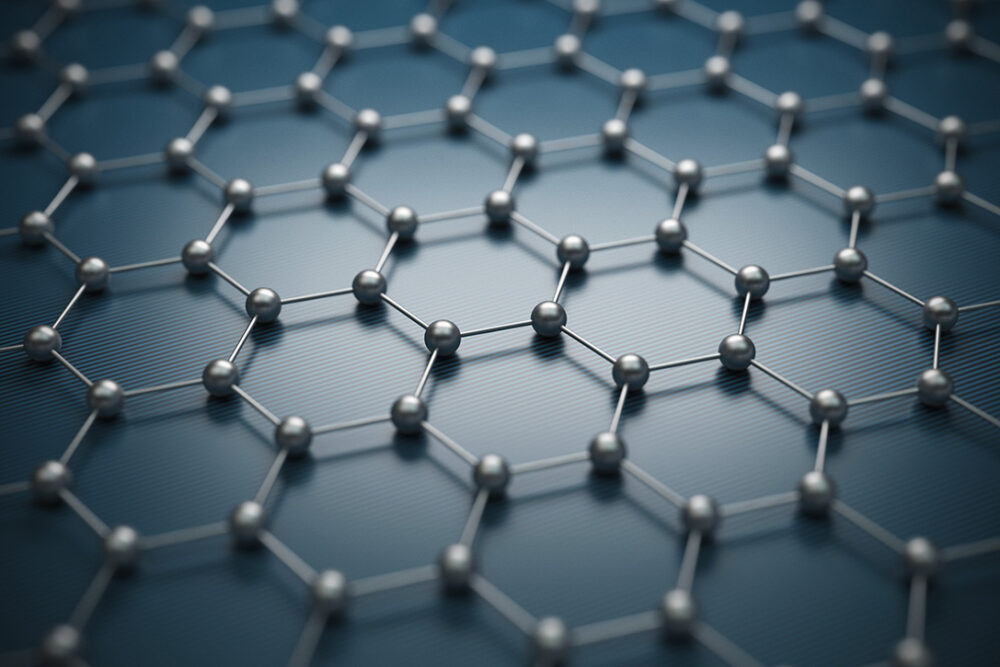Graphene, a single layer of carbon atoms arranged in a two-dimensional hexagonal lattice, has garnered immense attention over the past decade. Its discovery in 2004, coupled with an array of extraordinary properties, has led to an unprecedented excitement within the scientific community and beyond. However, is graphene truly worth all the hype it receives from the media? This exploration traverses the intricate landscape of graphene’s capabilities, potential applications, and the challenges it faces, ultimately seeking to illuminate whether the anticipation surrounding this remarkable material is justified.
The intrinsic properties of graphene are nothing short of extraordinary. Exhibiting remarkable electrical conductivity, graphene allows electrons to flow with minimal resistance, which could revolutionize the electronics industry. Furthermore, its mechanical strength is legendary; graphene is approximately 200 times stronger than steel, while remaining lightweight and flexible. Thermal conductivity also showcases graphene’s superior performance, outperforming all known materials, which opens up avenues for groundbreaking advancements in thermal management. These attributes have understandably piqued the interest of researchers, investors, and technologists alike, but they raise an essential question: can graphene translate these exceptional properties into viable, real-world applications?
One of the most promising realms for graphene is within the electronics sector. The relentless demand for smaller, faster, and more efficient devices drives the quest for innovative materials that can outperform silicon. Graphene’s high charge carrier mobility positions it as a potential candidate for next-generation transistors, field-effect devices, and various other electronic components. Researchers envision graphene-based integrated circuits that could dramatically reduce power consumption while enhancing performance. However, substantial hurdles remain. The challenges of scalable production, integration with existing technologies, and long-term reliability are significant factors that temper the unequivocal enthusiasm surrounding graphene’s anticipated revolution in electronics.
Beyond electronics, the potential of graphene in energy storage and conversion technologies has also sparked considerable interest. Graphene-enhanced batteries, supercapacitors, and fuel cells promise remarkable improvements in energy density and charge/discharge cycles when compared to conventional systems. Graphene’s ability to facilitate rapid electron and ion movement could lead to the development of batteries that recharge almost instantaneously and last longer than their current counterparts. Nonetheless, despite the promising theoretical advancements, most graphene-based energy solutions remain in the nascent stages of development. There exists a substantial gap between laboratory successes and commercial viability, which introduces skepticism and necessitates a tempered perspective on graphene’s future role in energy technologies.
Moreover, in the realm of materials science, graphene is heralded as a transformative substance. Its potential use in composite materials presents exciting possibilities; the fusion of graphene with polymers, metals, or ceramics could yield products that possess unrivaled strength-to-weight ratios, superior thermal and electrical conductivities, and remarkable resilience. Such advancements could extend across numerous sectors, including aerospace, automotive, and construction. Yet again, the challenge lies not in the creation of graphene composites but in their economic scalability and performance reliability under practical conditions, compelling researchers to balance optimism with pragmatism.
In the biomedical field, the application of graphene is equally tantalizing. Its biocompatibility and nanoscale dimensions position it as a versatile platform for drug delivery, biosensing, and imaging. Graphene-based materials can be engineered to target specific cells or tissues, potentially leading to groundbreaking therapies for cancer, neurological disorders, and other health conditions. Nonetheless, despite the theoretical promise, safety concerns linger. The environmental impact and long-term biological effects of graphene-based materials warrant thorough investigation to ensure that burgeoning applications do not inadvertently lead to adverse consequences.
The enthusiasm surrounding graphene often overlooks the environmental considerations integral to its production and application. Fabricating graphene involves various chemical processes that may pose risks if not properly managed. Moreover, the potential for pollution during the production cycle raises vital questions about sustainability. Addressing these considerations is paramount if graphene is to assume a significant role in future technologies without incurring ecological detriment.
Graphene’s status as a ‘wonder material’ ignites fervent discussions across scientific, industrial, and public spheres. Its tantalizing properties suggest limitless possibilities, yet the reality is far more nuanced. Despite the powerful narrative surrounding graphene, it is essential to evaluate the hype critically, recognizing both its impressive potential and the formidable challenges that lie ahead. The discourse surrounding graphene serves as a reminder of the unpredictability inherent in scientific innovation—a field where promise and reality can often diverge in unexpected ways.
To summarize, while graphene embodies a revolutionary spirit that could redefine our technological landscape, one must navigate the labyrinth of challenges that accompany its journey from laboratory to market. The hype surrounding graphene should not be dismissed or embraced uncritically; rather, it must be approached with a balanced perspective—aware of its transformative potential while acknowledging the hurdles that must be surmounted. A synthesis of rigorous research, open-minded inquiry, and proactive environmental stewardship will ultimately determine whether graphene evolves from a scientific curiosity into a ubiquitous and beneficial component of our industrial future.












